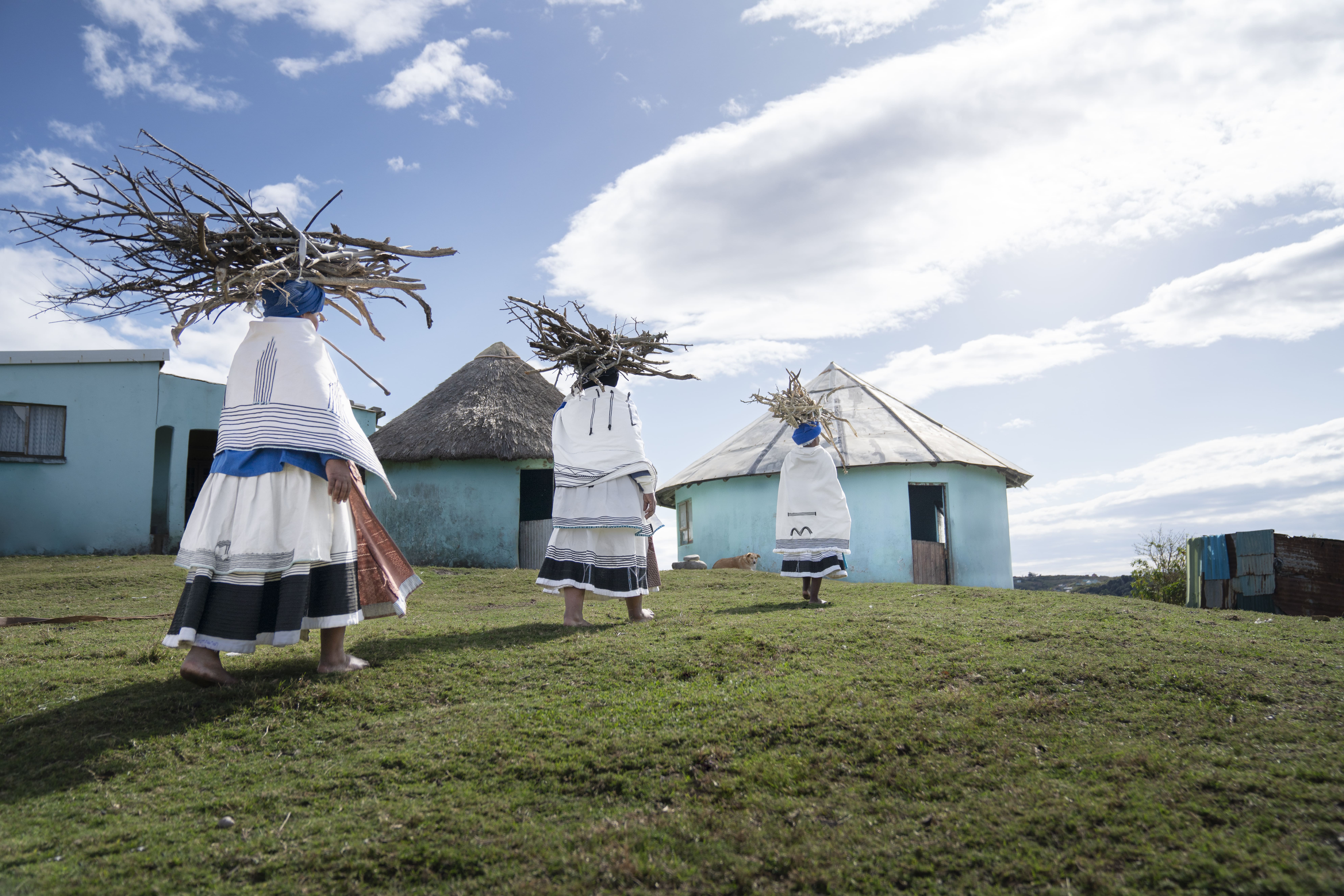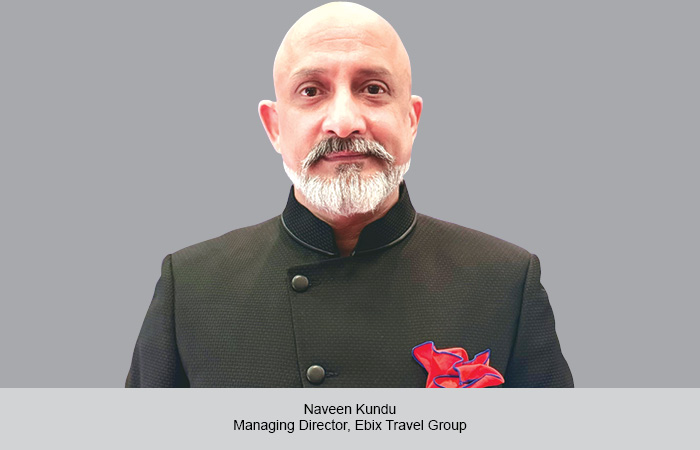
By Deepak Nangla, Managing Director, Brightsun Travel
As global travel evolves, so do the desires of those who embark on it. Tourists today are no longer content with cookie-cutter itineraries or sterile hotel rooms. Increasingly, they seek meaning, authenticity, and a connection to the places they visit, not just visually, but emotionally and culturally. One of the most profound ways this is taking shape in India is through the emergence of tribal hospitality as a compelling, experience-rich alternative to conventional tourism.
What makes tribal hospitality unique
Tribal communities across India offer something few other travel experiences can, an immersion into a way of life shaped not by consumerism or urban tempo, but by traditions rooted in nature, communal living, and deep spiritual ties to land and ancestry. From the Santhals of Jharkhand to the Bhils of Madhya Pradesh and the Apatani in Arunachal Pradesh, these communities have preserved unique languages, cuisines, rituals, and forms of hospitality passed down for generations.
For the traveler, this translates into more than a place to sleep. It’s a lived experience: eating millets cooked over fire, participating in local festivals, listening to folktales under the stars, and walking trails that are part of oral cartography rather than maps. This hospitality is unfiltered, personal, and unchoreographed, it feels human in a way luxury resorts never can.
Why the demand is growing
Globally, tourism is shifting toward more conscious, immersive experiences. According to a 2023 Skift report, over 70% of millennial and Gen Z travelers now prioritize “cultural authenticity” and community engagement in their travel plans. The post-pandemic era, especially, has witnessed a deep craving for simplicity, connection, and realness, the very values that tribal communities live by daily.
India, with its vast and diverse indigenous populations, is uniquely positioned to lead this cultural wave. Yet, the integration of tribal hospitality into the mainstream must be done with care, ensuring it uplifts communities without commodifying their way of life.
An engine for economic upliftment
The economic potential of tribal tourism is significant, especially in regions where other livelihood options are scarce. Community-based tourism can serve as a powerful tool for financial independence and preservation of heritage.
In states like Madhya Pradesh and Odisha, homestays run by tribal families have not only offered sustainable income but also re-established pride in traditional crafts and storytelling. Tourists seek out handwoven textiles, bamboo crafts, tribal music, and dance, not as souvenirs, but as windows into another world.
What’s more, when tourism is managed at the community level, profits tend to stay within the village, funding schools, clean water projects, or better healthcare access. It’s a model that reinforces the idea that culture itself can be capital, when protected, not exploited.
Sustainability isn’t optional, it’s the core
Unlike mass tourism, which often strains local resources and erodes cultural integrity, tribal hospitality inherently demands a different set of priorities. Environmental stewardship and respect for sacred spaces are non-negotiables in many tribal belief systems. For tourism to align with these values, it must be intentionally designed.
This includes:
● Limiting visitor numbers to prevent ecosystem strain.
● Using existing structures instead of building disruptive resorts.
● Educating travelers about local customs and taboos.
● Training community members in guest handling, hygiene, and safety, without compromising their own cultural frameworks.
Too often, tribal traditions are diluted or packaged in ways that serve tourist expectations rather than cultural truth. Responsible tourism ensures that tribal hospitality doesn’t bend for the market, but that the market adjusts to appreciate what’s already there.
Challenges to thoughtful integration
Of course, bridging the gap between tribal hospitality and mainstream travel is not without its hurdles:
● Infrastructure: Many tribal areas are geographically isolated and lack basic amenities like transport, clean toilets, electricity, or mobile connectivity, all of which are crucial for hosting visitors.
● Policy Support: There’s a noticeable absence of uniform, community-first policy frameworks at the national level to guide and protect tribal tourism initiatives. States like Andhra Pradesh and Chhattisgarh have taken steps, but more cohesion and central support is needed.
● Cultural Vulnerability: Without strong safeguards, there’s a real risk of eroding the very essence of what makes tribal life sacred, turning dance forms into staged performances, replacing ritual meals with “exotic” buffets, or simplifying languages into tourist phrases.
● Marketing and Visibility: While some tribal tourism projects have received attention, many others remain hidden due to lack of digital access, promotional platforms, or partnerships with ethical travel intermediaries.
Models worth learning from
Some Indian states have already piloted meaningful tribal tourism models:
● Madhya Pradesh’s Rural Tourism Program includes tribal villages like Dhar, where Bhil families offer homestays after receiving basic training in hospitality and hygiene. These are government-supported yet community-led.
● Araku Valley in Andhra Pradesh showcases a balanced model, where tribal communities are part of eco-tourism circuits offering coffee plantation tours, local crafts, and forest walks, all run by residents themselves.
● The Spiritual and Wellness Summit in Ujjain highlighted the potential of including tribal medicinal knowledge and farming wisdom in holistic travel experiences, signaling an openness to new forms of wellness tourism rooted in indigenous perspectives.
A broader value system, not just a stay
At its heart, tribal hospitality is not simply an experience, it’s a philosophy. It invites travelers to slow down, to listen rather than document, and to participate rather than consume.
In many tribal cultures, welcoming a guest is a spiritual duty. Meals are offered not based on what’s left over, but what’s best. Rituals are not performed but shared. Children learn by observing, not being taught, and travelers, too, are expected to absorb rather than impose.
This approach to hospitality can offer valuable lessons to an industry that often chases luxury but forgets meaning. In a world saturated with commercialism, tribal hospitality reminds us that generosity, connection, and simplicity are the ultimate luxuries.
Looking ahead: Inclusion with integrity
To integrate tribal hospitality into mainstream tourism responsibly, several foundational principles must guide the way forward:
● Collaborative Planning: Any tourism initiative must begin with the community, not simply consult them later. Their consent, voice, and leadership are essential.
● Capacity Building: From soft skills to digital literacy, tribal youth must be equipped to engage with the wider travel ecosystem on their own terms.
● Cultural Preservation: Government bodies, tourism operators, and travelers alike must commit to safeguarding tribal identity, not just showcasing it.
● Respect, Not Romance: It’s easy to romanticize tribal life, but real respect comes from seeing it in full, including its challenges, dignity, and evolving identity.
Tribal hospitality is not a trend to be monetized, it’s a movement toward more ethical, enriching, and human-centered travel. It offers a rare opportunity to explore cultures that have long lived in harmony with nature and one another. But to bring it into the mainstream without losing its soul, we must shift how we think about tourism altogether.
 TravTalk India Online Magazine
TravTalk India Online Magazine




